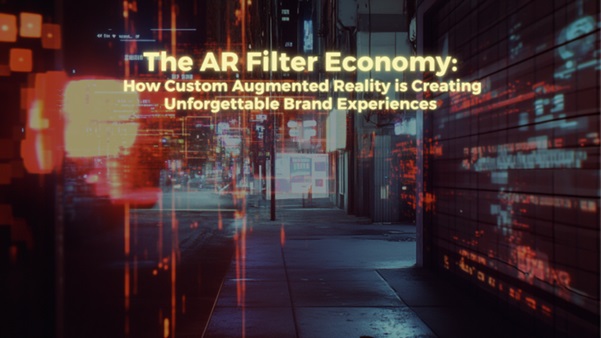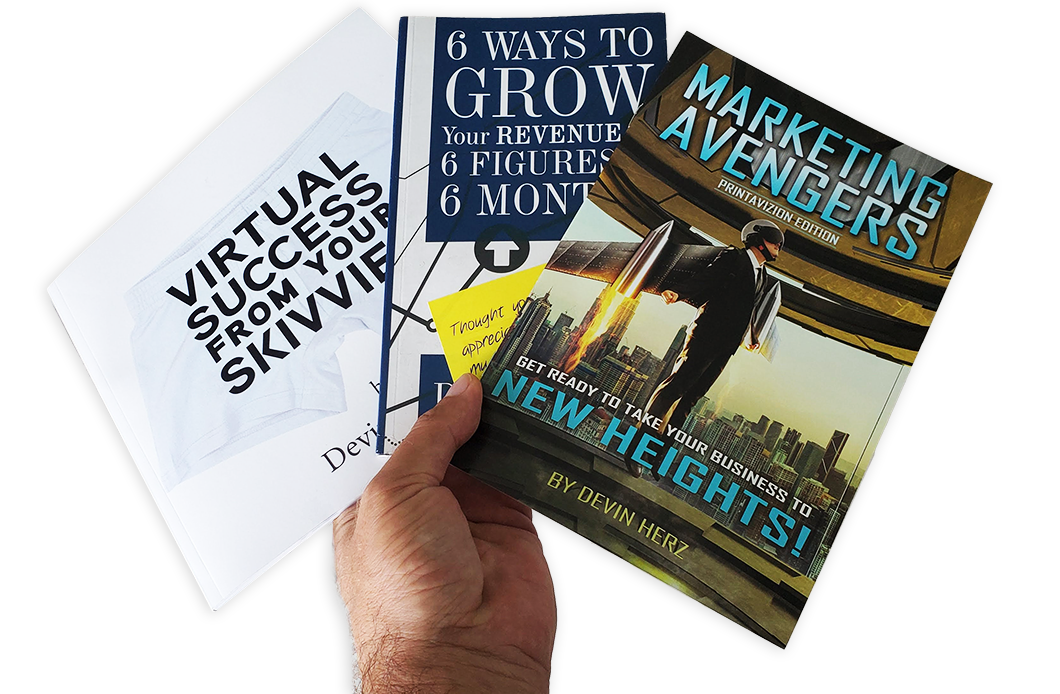Your face just became a billboard, and honestly, you’re probably enjoying it more than traditional advertising. While marketers were still figuring out how to make banner ads less annoying, augmented reality filters quietly built an entire economy where people voluntarily transform themselves into brand experiences. We’re talking about AR filters so engaging that users spend hours creating content with them, sharing them with friends, and basically becoming unpaid brand ambassadors who actually love their job.
The AR filter economy isn’t just about cute dog ears and rainbow vomit anymore. Brands are creating sophisticated augmented reality experiences that turn user faces, environments, and everyday objects into interactive marketing campaigns. The results are mind-blowing: engagement rates that make traditional social media marketing look pathetic, brand experiences that people actively seek out, and user-generated content that’s actually worth watching.
This isn’t some futuristic marketing concept that might happen someday. The AR filter economy is booming right now, generating millions of dollars in brand value through experiences that feel more like entertainment than advertising. Here’s how custom augmented reality is revolutionizing brand engagement and why your marketing strategy might be obsolete without it.
Why AR Filters Became the Ultimate Marketing Hack
Traditional marketing interrupts people’s experiences to deliver brand messages. AR filters do the opposite: they enhance people’s experiences while seamlessly integrating brand elements. Instead of forcing users to pay attention to your brand, AR filters make your brand part of the fun they’re already having on social media.
The psychological appeal is brilliant. AR filters tap into people’s natural desire for self-expression and transformation while providing shareable content that makes them look interesting to their friends. Users aren’t just consuming your brand message; they’re actively participating in creating branded content that they genuinely want to share.
AR filters also solve the attention problem that plagues most digital marketing. Instead of competing for a few seconds of user attention, AR filters create extended engagement sessions where users spend minutes experimenting with different effects, taking multiple photos, and sharing their favorites. You’re not interrupting their social media experience; you’re enhancing it.
The Engagement Numbers That Prove AR Works
The performance metrics for successful AR filter campaigns are genuinely staggering compared to traditional social media marketing. We’re seeing completion rates above 80%, sharing rates that crush typical social content, and user-generated content volumes that would cost millions to produce through traditional means.
Users spend an average of 75 seconds interacting with branded AR filters, which is an eternity in social media attention spans. Compare that to the 1.7 seconds people typically spend looking at traditional social media ads, and you start to understand why brands are investing heavily in AR filter development.
The viral potential is also extraordinary. Successful AR filters generate millions of uses within weeks of launch, creating brand exposure that would require massive advertising budgets to achieve through traditional channels. Users become active promoters of the brand experience rather than passive recipients of brand messages.
How Brands Are Creating AR Experiences That Actually Matter
The most successful branded AR filters go far beyond simple logo placement or basic face distortion effects. They create genuinely useful, entertaining, or transformative experiences that provide real value to users while subtly integrating brand messaging.
Leading brands are developing AR filters that solve actual problems or fulfill genuine desires. Makeup brands create virtual try-on experiences that help users test products before purchasing. Fashion brands develop virtual styling tools that let users experiment with different looks. Entertainment brands create immersive experiences that extend their storytelling into users’ real environments.
The key is creating AR experiences that users would want to engage with even if they removed all brand elements. The branded components enhance the experience rather than defining it, making the marketing feel like a bonus rather than the primary purpose.
The Technical Innovation Behind Memorable Filters
Creating effective branded AR filters requires sophisticated technical capabilities that go far beyond basic face tracking and overlay graphics. The most engaging filters use advanced computer vision, machine learning, and real-time rendering technologies to create seamless interactions between digital elements and real-world environments.
Modern AR filters can track hand gestures, recognize objects, respond to facial expressions, and even integrate with device sensors to create responsive experiences that feel magical rather than gimmicky. They can transform entire rooms, create interactive games, and enable collaborative experiences between multiple users.
The technical quality directly impacts user engagement and sharing behavior. Filters that respond smoothly, track accurately, and integrate seamlessly with real-world elements generate significantly more usage and sharing than those with technical limitations or glitches.
Platform-Specific AR Strategies That Maximize Reach
Different social media platforms require different approaches to AR filter development because of varying technical capabilities, user behaviors, and cultural expectations. Instagram AR filters work differently from Snapchat lenses, which function differently from TikTok effects.
Instagram AR filters tend to focus on beauty enhancement, lifestyle integration, and aesthetic transformation, aligning with the platform’s visual culture. Snapchat lenses often emphasize playful transformation, interactive games, and social sharing features that encourage friend-to-friend engagement.
TikTok effects integrate with the platform’s video creation tools, enabling AR experiences that enhance storytelling and content creation rather than just providing static photo opportunities. Each platform’s AR ecosystem requires specific technical approaches and creative strategies to maximize effectiveness.
The User-Generated Content Goldmine
Branded AR filters create unprecedented opportunities for authentic user-generated content that actually promotes the brand effectively. Instead of asking users to create branded content, AR filters make brand integration a natural part of the content creation process.
Users creating content with branded AR filters aren’t making advertisements. They’re creating personal content that happens to include brand elements, making the marketing feel organic rather than promotional. This authenticity translates into higher engagement rates and more positive brand associations than traditional UGC campaigns.
The volume and variety of content generated through successful AR filter campaigns often exceeds what brands could produce through traditional content creation methods. Users experiment with different settings, scenarios, and creative approaches, generating diverse content that showcases the brand in multiple contexts.
Measuring ROI in the AR Filter Economy
Traditional marketing metrics don’t fully capture the value generated by successful AR filter campaigns. While impression counts and engagement rates remain important, AR filters create additional value through extended user interaction time, brand recall improvement, and authentic user-generated content creation.
The most meaningful AR filter metrics include session duration, repeat usage rates, and sharing behavior patterns. Users who spend significant time experimenting with AR filters develop stronger brand connections than those who briefly view traditional advertisements, even if the total reach numbers appear smaller.
Long-term brand awareness and recall improvements often exceed the immediate engagement metrics, as AR filter experiences create memorable interactions that influence future purchasing decisions and brand preferences.
The Creative Possibilities That Change Everything
AR filter development opens creative possibilities that simply don’t exist in traditional marketing formats. Brands can create experiences that transform users’ appearance, modify their environment, enable virtual product trials, or create interactive games that integrate brand messaging naturally.
The creative constraints of AR development often lead to more innovative marketing approaches than traditional formats allow. Working within technical limitations while maximizing user engagement requires creative solutions that result in more memorable and effective brand experiences.
Advanced AR filters can create collaborative experiences where multiple users interact with the same branded elements, enabling social experiences that strengthen brand associations through shared positive memories.
The Economics of AR Filter Development
Creating professional-quality branded AR filters requires significant investment in technical development, creative design, and ongoing optimization. However, the potential return on investment through increased engagement, brand awareness, and user-generated content often justifies the development costs.
The most cost-effective AR filter strategies focus on creating experiences with high reuse potential rather than one-time campaign elements. Filters that users return to repeatedly or share extensively provide ongoing brand value that extends far beyond the initial development investment.
Successful AR filter campaigns also generate valuable data about user preferences, engagement patterns, and brand interaction behaviors that inform future marketing strategies and product development decisions.
Integration with Broader Marketing Strategies
AR filters work most effectively when integrated with broader marketing campaigns rather than functioning as standalone promotional tools. The most successful implementations connect AR experiences with product launches, seasonal campaigns, or brand storytelling initiatives.
Cross-platform promotion amplifies AR filter effectiveness by driving users from traditional marketing channels to interactive AR experiences. Email campaigns, traditional advertising, and influencer partnerships can drive traffic to AR filters while the filters provide engaging experiences that reinforce campaign messaging.
The data and insights generated through AR filter interactions also inform other marketing activities, creating feedback loops that improve overall campaign effectiveness across multiple channels.
The Future of Augmented Brand Experiences
AR filter technology continues evolving rapidly, with new capabilities enabling increasingly sophisticated brand experiences. Future developments likely include more realistic virtual product trials, enhanced environmental integration, and collaborative social experiences that connect users across different locations.
Advances in device capabilities, processing power, and internet connectivity will enable more complex and immersive AR filter experiences that blur the line between digital and physical brand interactions. These technological improvements will create new opportunities for brand engagement that don’t exist in current AR filter formats.
The integration of AR filters with e-commerce platforms, location-based services, and other digital marketing tools will create more comprehensive brand experience ecosystems that connect virtual interactions with real-world business outcomes.
Getting Started in the AR Filter Economy
Brands interested in AR filter development should start by understanding their audience’s social media behavior, platform preferences, and content creation habits. Successful AR filters align with how users already interact with social media rather than trying to change their behavior patterns.
Starting with simple, well-executed AR experiences often proves more effective than attempting complex implementations without sufficient technical expertise or creative direction. Focus on creating filters that provide genuine value or entertainment while subtly integrating brand elements.
Collaboration with experienced AR developers, creative agencies, and platform specialists can accelerate learning and improve the likelihood of creating successful branded AR experiences that generate meaningful business results.
The AR filter economy represents a fundamental shift toward participatory marketing where users actively engage with brand experiences rather than passively consuming brand messages. The brands that master AR filter development will create competitive advantages through deeper user engagement, more authentic brand associations, and more memorable marketing experiences.
The question isn’t whether AR filters will continue growing in importance for brand marketing. The question is whether your brand will develop AR capabilities quickly enough to compete effectively in an increasingly interactive marketing landscape.
Ready to turn your audience into active participants in your brand story? The AR filter economy is waiting for brands bold enough to transform marketing from interruption into entertainment, from message delivery into experience creation, from advertising into augmented reality.


